Rosemarinus officinalis throughout the Mediterranean region and much of California grows as both a weed in sidewalk cracks and an intentional herb planted in the kitchen garden. This popular herb has become a mainstream in Texas landscaping as well. Rosemary plants tend to grow large and can grow up to 3 feet to 5 feet wide and tall. Certain rosemary varieties can be grown into hedges and shaped into unique topiaries. Rosemary plants are evergreen and winter hardy to zone 8 and further south. Winter protection will be necessary in northern growing zones either by growing rosemary in the greenhouse or providing frost protection covering. There are many plants and herbs that are the best companion plants to grow alongside rosemary.

Rosemary Planting Tips
Rosemary grows best in full sunlight or partial lit areas. Rosemary is endures heat well and is drought tolerant. Plant rosemary in alkaline, well-draining soil in the ground or in a terracotta container at least 12″ in diameter. In heavy clay soils, rosemary has a tendency to suffer from root rot during wet weather. If your soil is not ideal or your area gets high rainfall, it is best to plant rosemary in a container or raised bed. This evergreen plant produces beautiful blue-violet flowers in the spring and it’s needle like blue green leaves add a beautiful color to any rock or herb garden.
One rosemary plant will produce enough for one family, but if you are planting multiple plants, space the rosemary 24″ apart to allow for sufficient spacing.
10 Rosemary Companion Plants
Aromatic herbs, like rosemary, should be used as companion plants within the vegetable garden to repel harmful insects and attract beneficial insects. Below I’ve listed 10 good companion plants to grow with rosemary to have a healthier garden!
Lavender
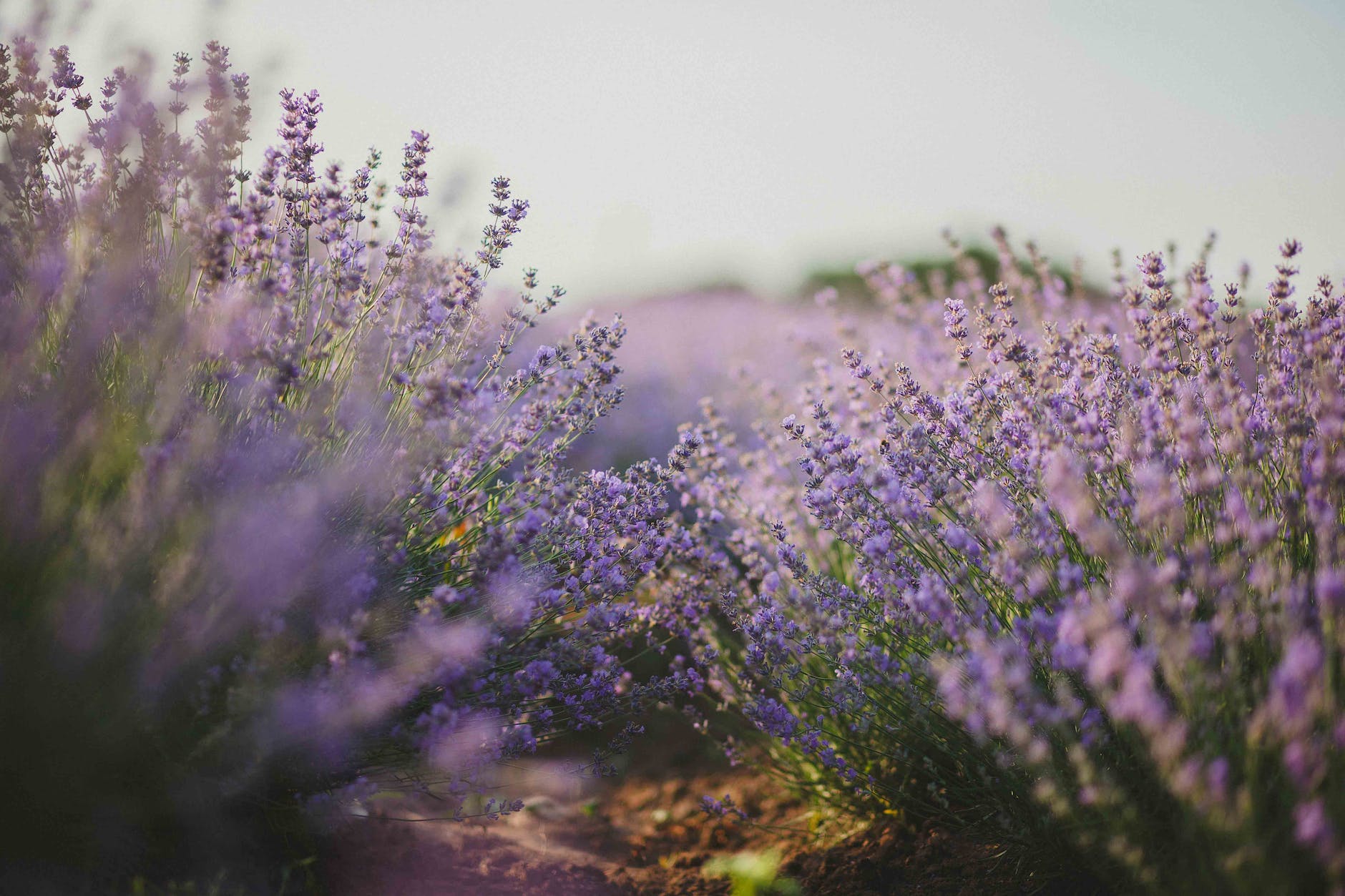
Lavender is a great companion plant for rosemary. Both plants have similar nutrient and water requirements and the strong scent and flowers of both plants will attract a variety of pollinators. Lavender is more cold hardy than rosemary, so the rosemary plant may need earlier frost protection during the cooler months.
Marigolds

Marigolds are not only beautiful, but they serve as powerful insect repellent in the garden. Marigolds strong aroma repels white flies and attracts predatory wasps. There is scientific evidence that the French Marigolds and African Marigolds repel root knot nematodes. Both rosemary and marigolds work well together in the vegetable garden with insect control.
Alyssum

You can plant almost any flower with rosemary, but the tiny white flowers alyssum work well in attract beneficial insects such as predatory wasps. The aromatic leaves of the rosemary repel pests making these two a powerhouse couple in the garden.
Sage
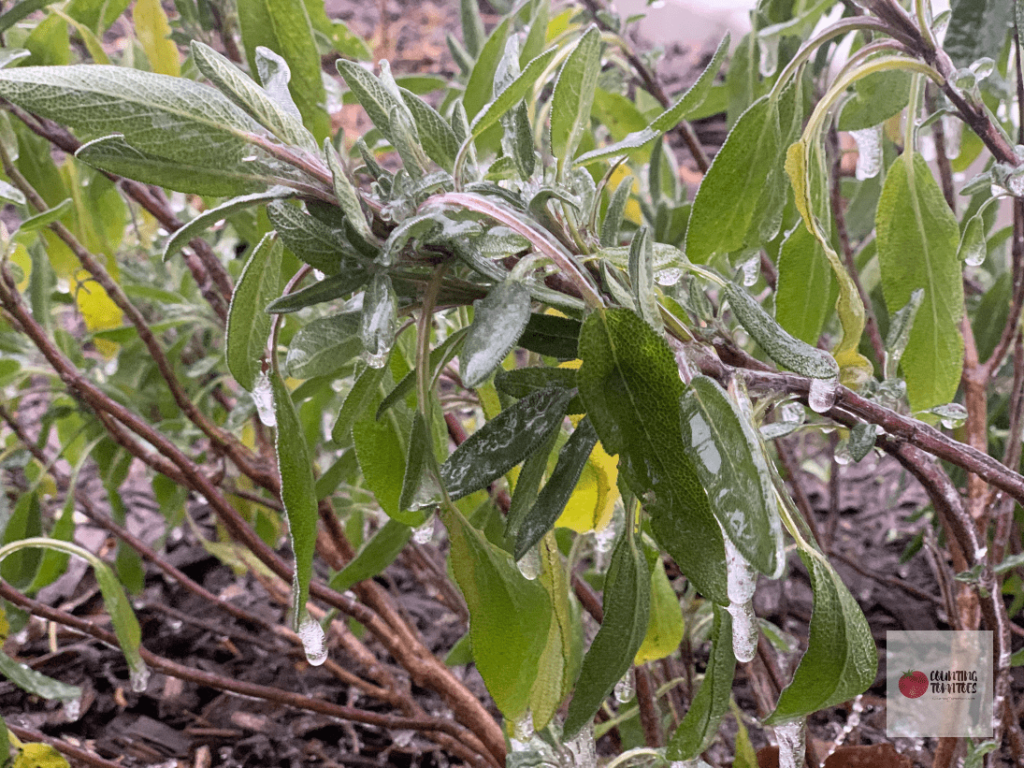
The dusty green leaves of the sage plant are not only visually complimentary to the muted blue green foliage of rosemary, but both of these herbs thrive in similar environments. It has also been noted that these plants improve the flavor of one another.
Thyme
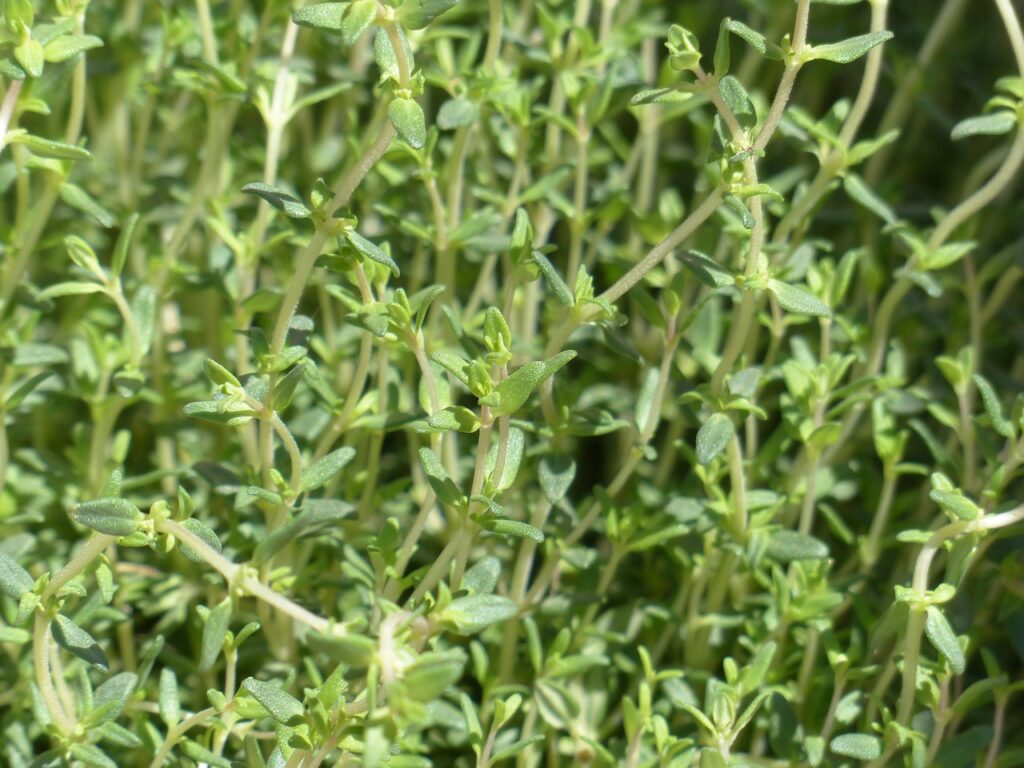
Thyme deters cabbage moths and is an excellent complimentary companion for rosemary to work at providing natures pest control. Thyme also grows in similar growing conditions as rosemary.
Oregano
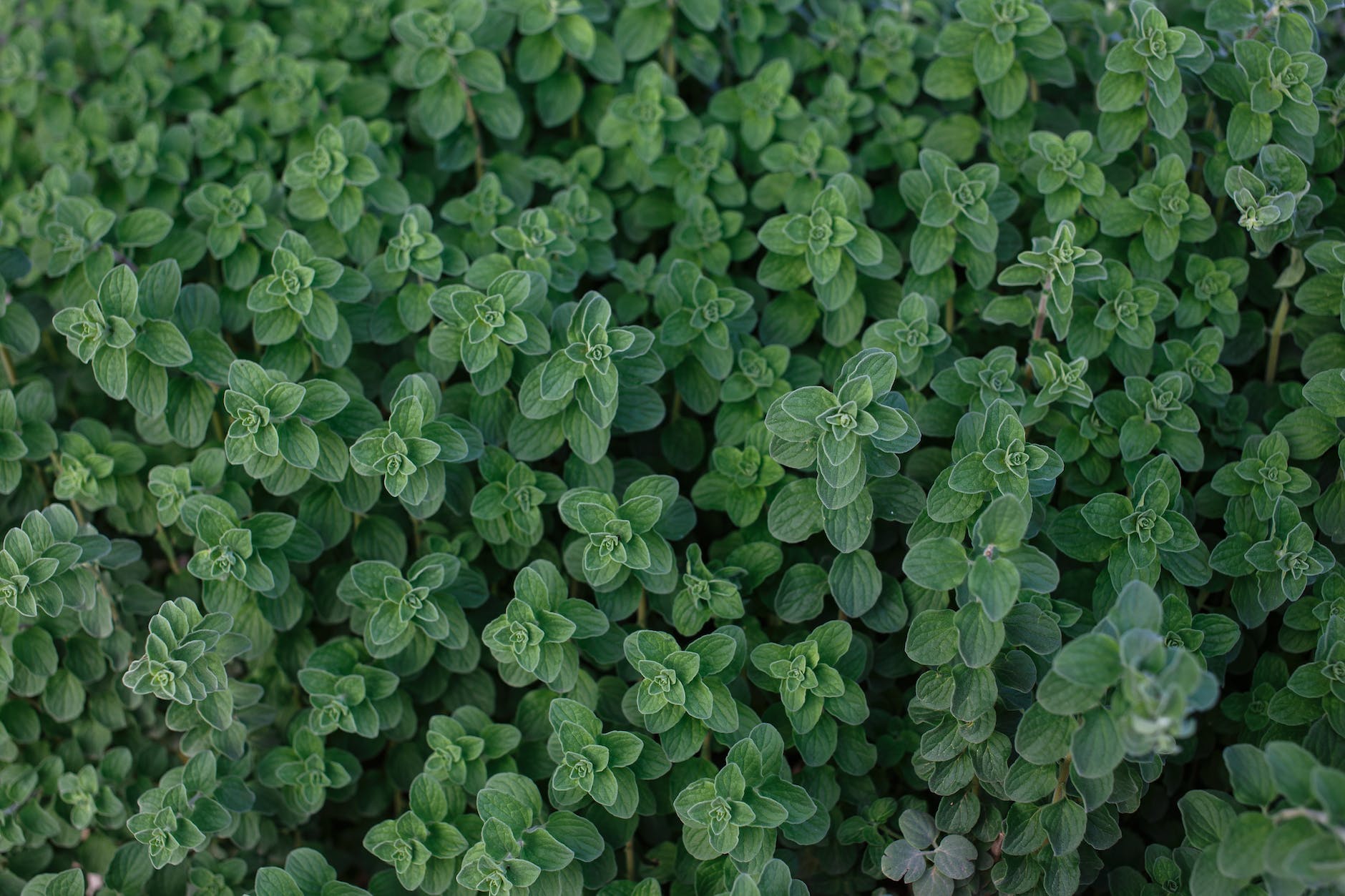
The sprawling, low height growth habit of oregano will shade and mulch the soil when planted in close proximity to rosemary. This is especially beneficial in arid climates to reduce the need for watering.
Carrots
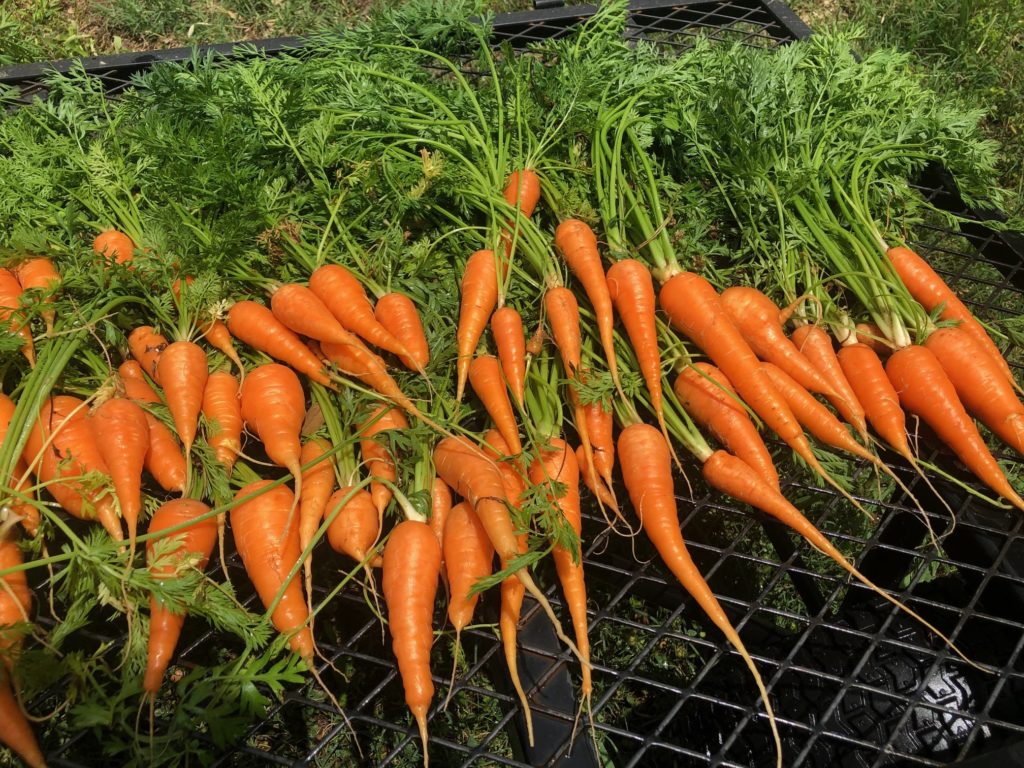
Carrot plants enjoy the same similar conditions of sandy well drained soil as rosemary, but tend to suffer from carrot flies as a pest. Rosemary repels carrot flies making these a great choice to plant together. Carrots do require more water than rosemary, so it’s best to plant rosemary as an end cap on the carrot rows or on a neighboring row as rosemary requires significantly less water than carrots. You can easily freeze carrots and roast them later with rosemary and butter!
Brassicas
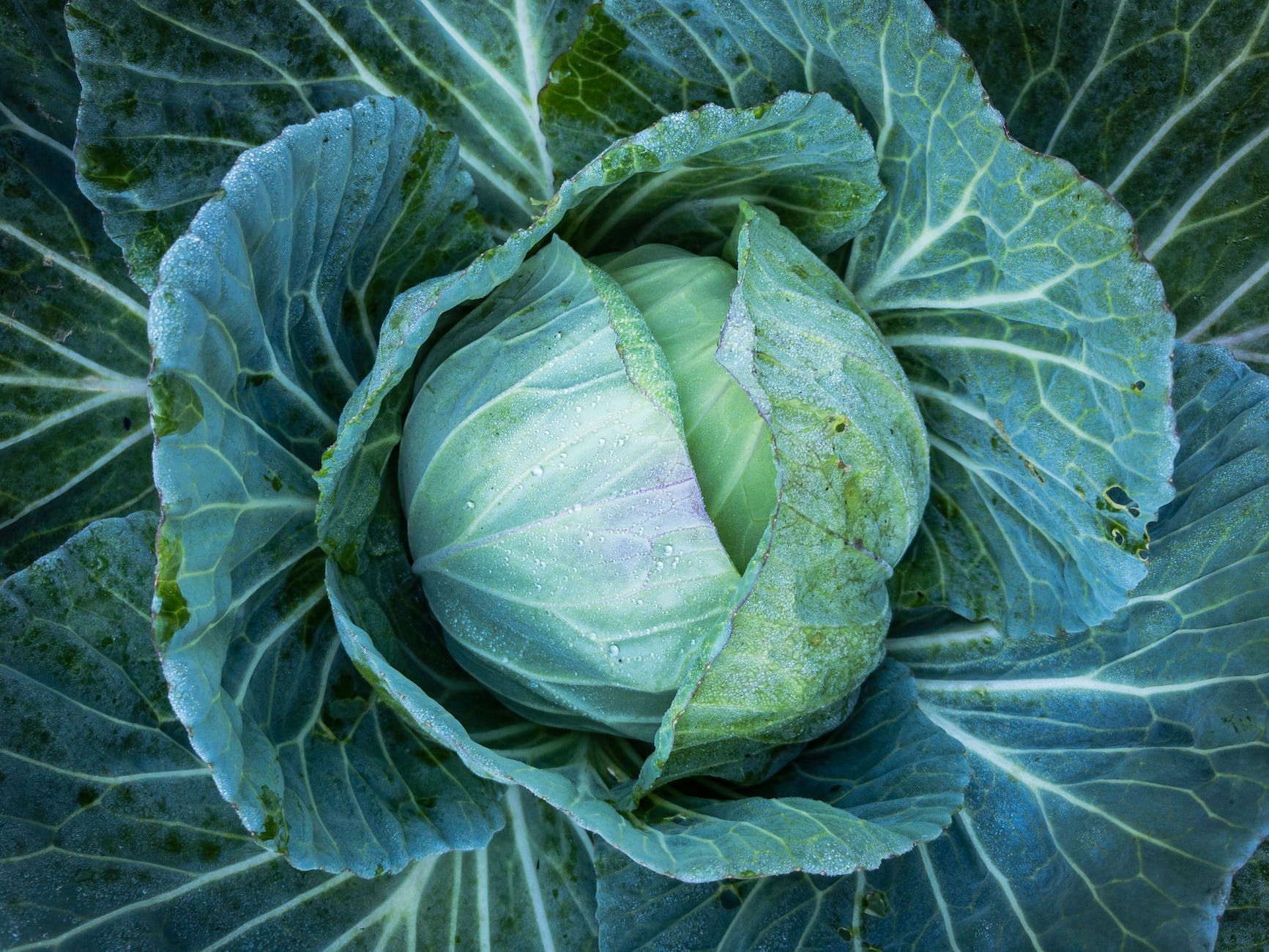
Plants in the cabbage family, known as brassicas, benefit immensely from the pest repelling properties of rosemary. Brassica plants attract cabbage moths and certain butterflies so you will often see cabbage worms and caterpillars munching on their leaves. The aromatic fragrance of rosemary masks the scent of the brassicas acting as a fragrance camouflage so your brassicas can enjoy a pest free existence.
Chives

A member of the allium family, chives, are a great companion for many plants in the garden. Chives repel aphids which are a common pests of many vegetable plants. This powerful little plant improves the growth of flavor of almost any vegetable or herb it is planted with.
Strawberries
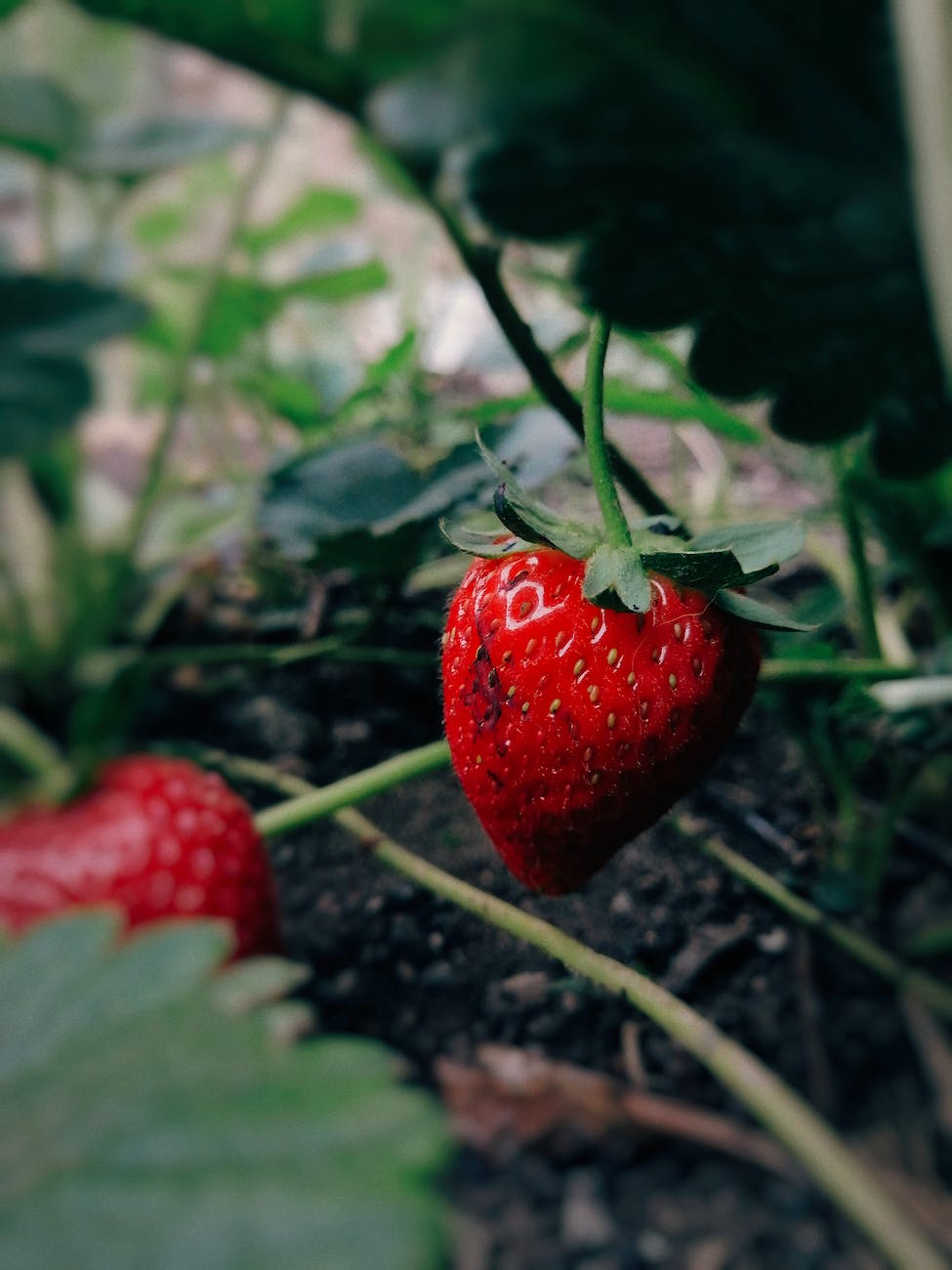
One of the best companion plants to grow with rosemary is strawberries. Strawberries gain a big flavor improvement from having rosemary plants nearby and are not affected by as many harmful pests such as slugs. The strawberries low height and sprawling growth habit shades the soil and suppresses weed growth allowing rosemary to thrive.
The Worst Rosemary Companion Plants
There are a few foes of rosemary plants you should be aware of as plant companions. Here are the top 5 rosemary foes:
Mint
Mint is an herb that is best planted on it’s own in almost all situations. Mint is very prolific and can spread very quickly overtaking most of your garden. Also, mint prefers damp soil when rosemary needs good drainage. Mint requires a lot of space and will quickly crowd out rosemary. For best results, plant mint in a container by itself.
Basil
While basil is another aromatic herb that attracts pollinators, it’s growing conditions are opposite of rosemary making these foes. Basil requires a damp soil much like the mint herb and would not be a beneficial companion plant for rosemary.
Tomatoes
Tomato plants and rosemary compete for many of the same soil nutrients making these two unlikely companions. The tomato plant will have a nutrient deficiency when interplanted with rosemary. Tomatoes also require more frequent and deeper watering than rosemary. It’s best to keep these two plants on different rows in the vegetable patch.
Pumpkins
Mildew-prone plants, such as pumpkins, require more watering than rosemary which unfortunately can make them susceptible to downy mildew and powdery mildew. The main disease rosemary is susceptible to is root rot; mildew can exasperate root rot. It is best to keep pumpkins and rosemary separated for disease prevention.
Cucumbers
Cucumbers require a high nitrogen fertilizer to start the growing process which is something that rosemary does not require. Also a significant more amount of water is required for cucumber production and growth which will water log your rosemary plant.
How to Use Rosemary
Rosemary is one of the best herbs when grilling or roasting anything including meat, fish, vegetables and even fruit. Use fresh rosemary cuttings as a basting brush to baste marinade and sauce onto meats and vegetables on the grill or smoker. The studier hardy stems serve as wonderful compostable skewers.
Stuff whole rosemary stems inside chicken, turkey or whole fish before roasting. Chop rosemary leaves to toss with fresh vegetables and olive oil prior to roasting. One of my favorite recipes to make is Roasted Rosemary Potatoes. Generally speaking, rosemary is the only herb that is best cooked with food rather than served raw.
Medicinally, aromatherapists have used rosemary essential oils to help improve alertness and concentration. To relieve nasal congestion, herbalists recommend inhaling steam infused with the herb.
Rosemary is relatively trouble-free and easy to grow. This herb is delightful in an ornamental garden, vegetable garden and a favorite in the kitchen.



I’ve read about how companion plants help each other to thrive. This is such an informative article about rosemary. Pinned!
Thank your for sharing this post in the Talent-Sharing Tuesdays Link-Up 49.
Carol
http://www.scribblingboomer.com
Thank you for stopping by Carol! Have a great week!
Article was very interesting and helpful.